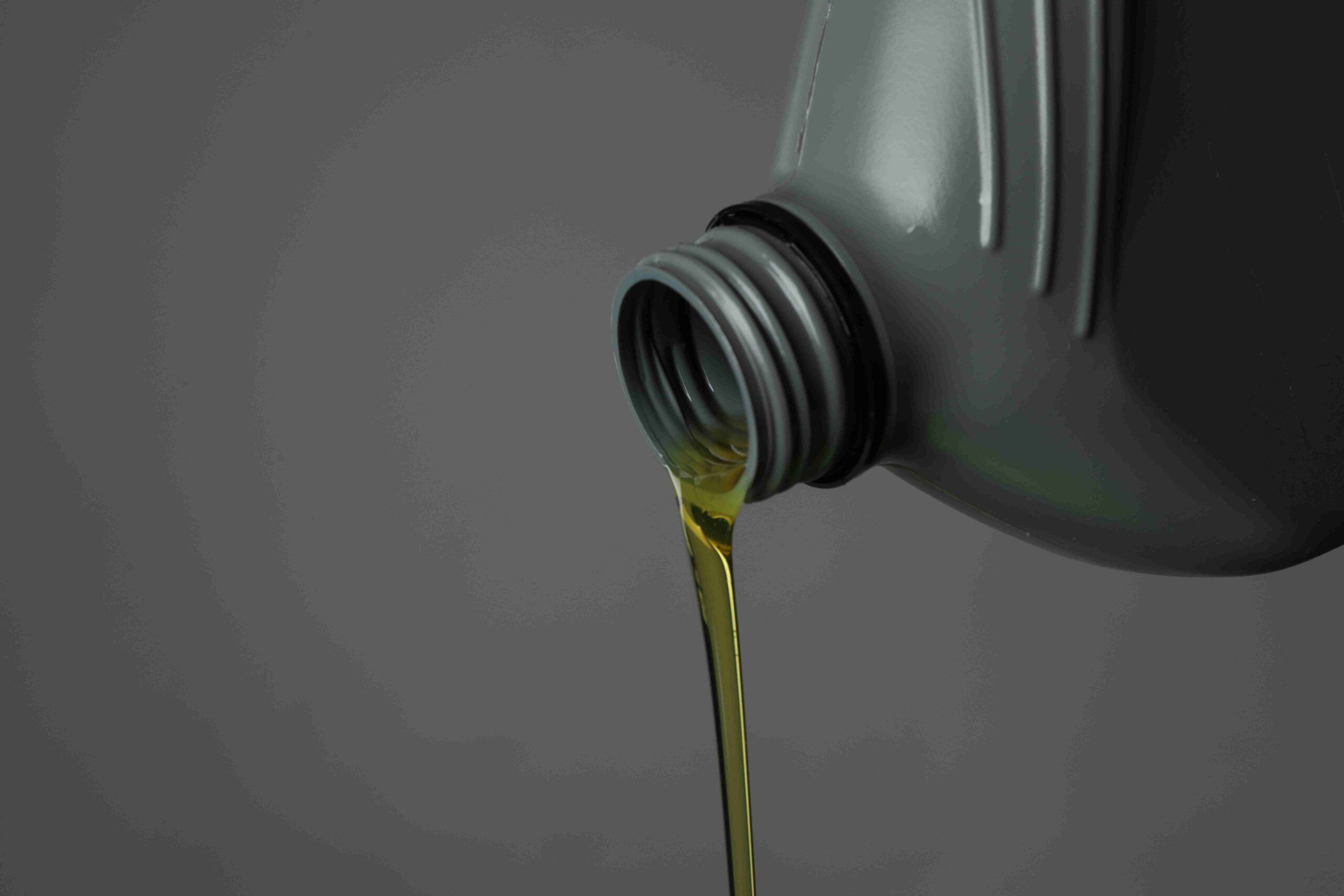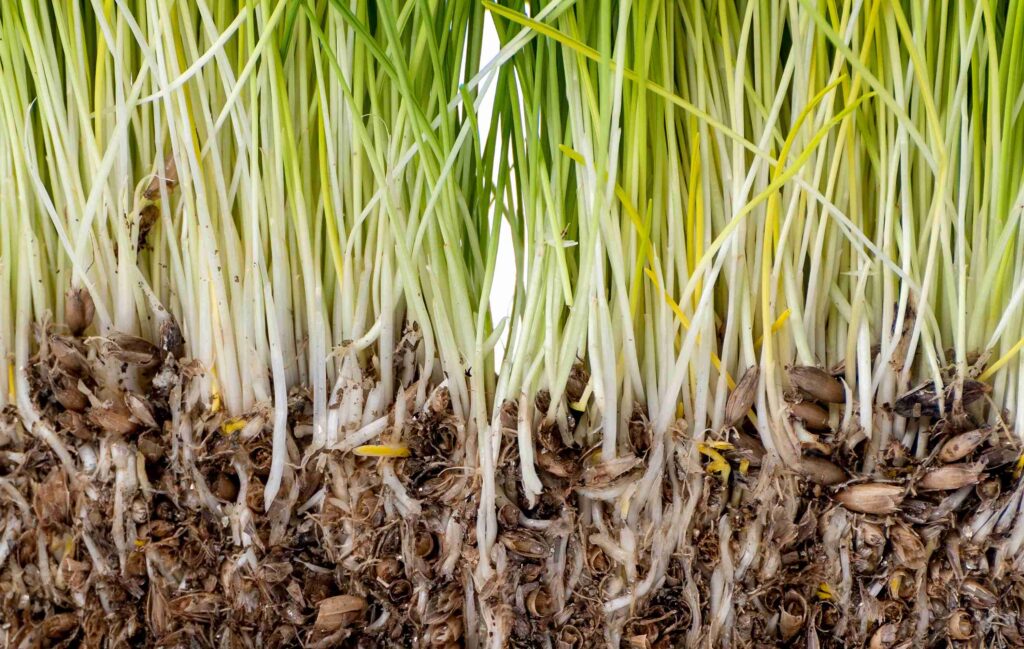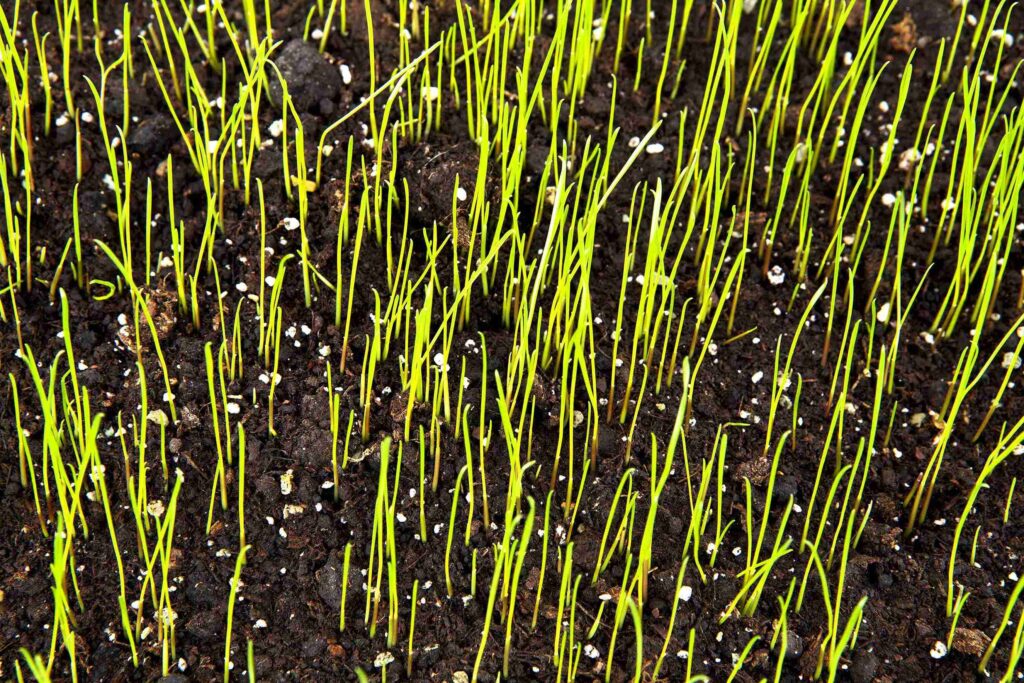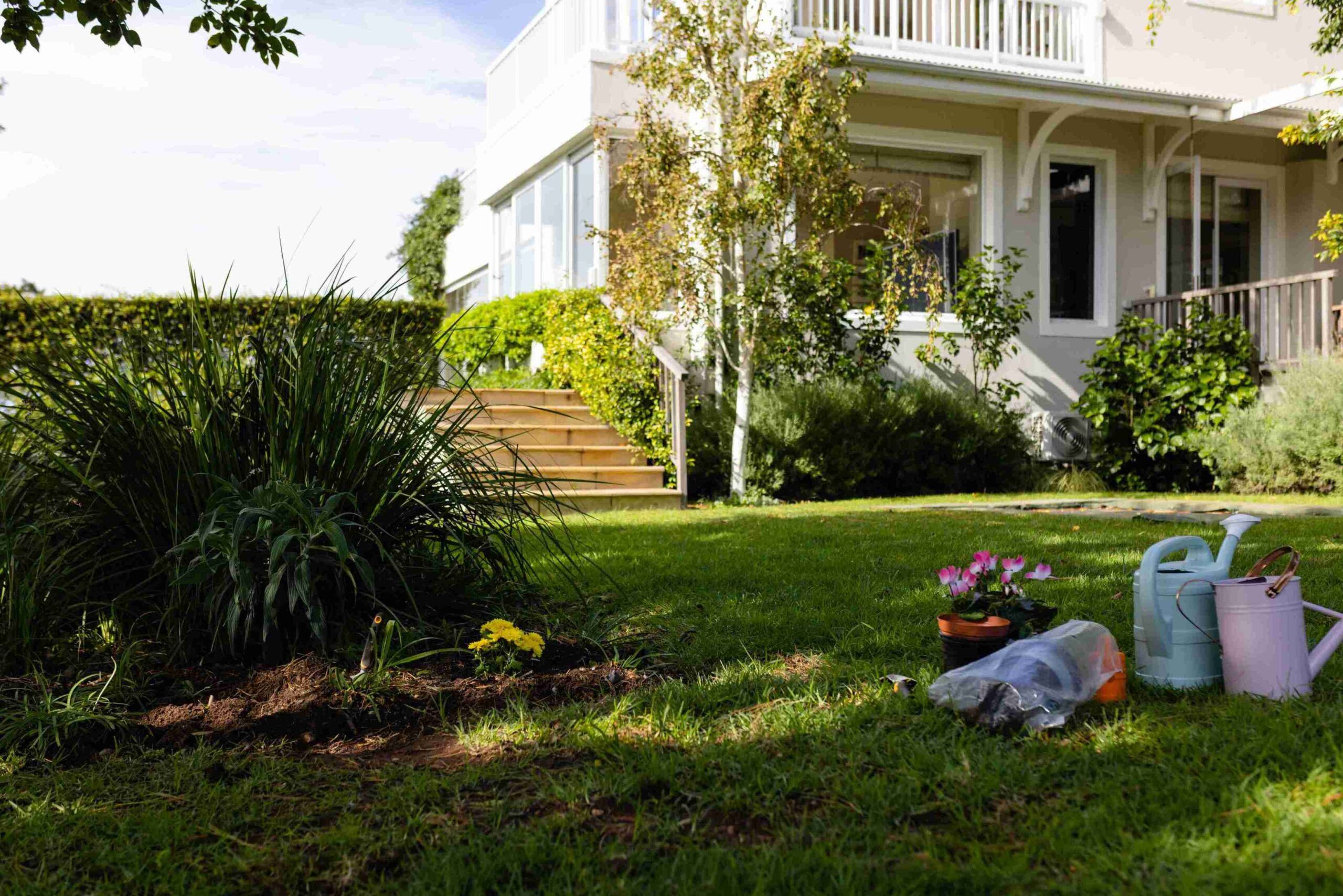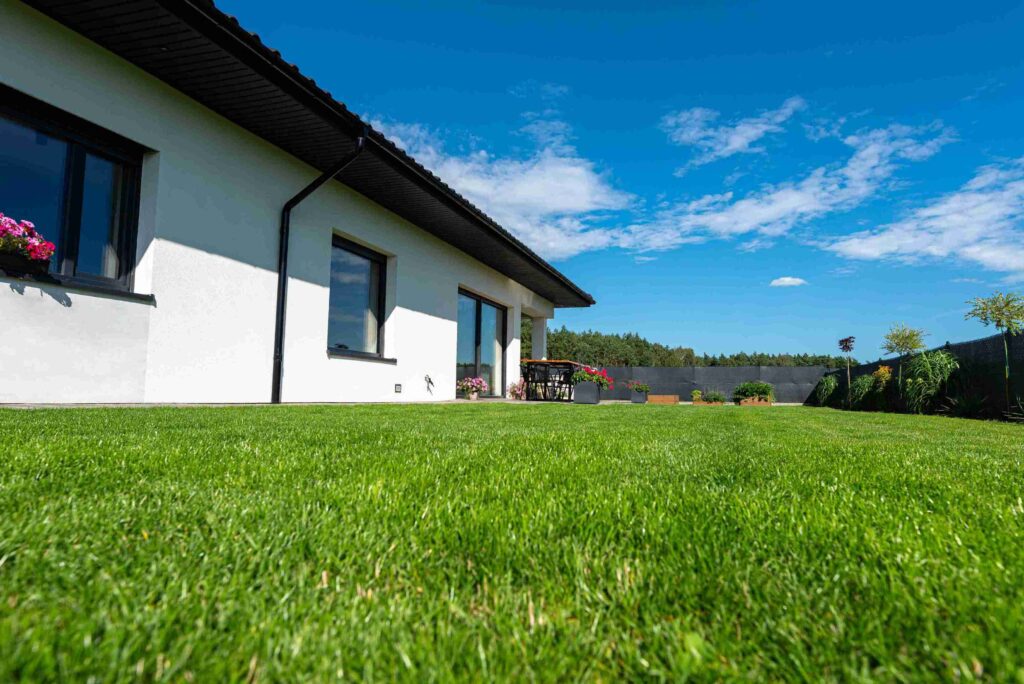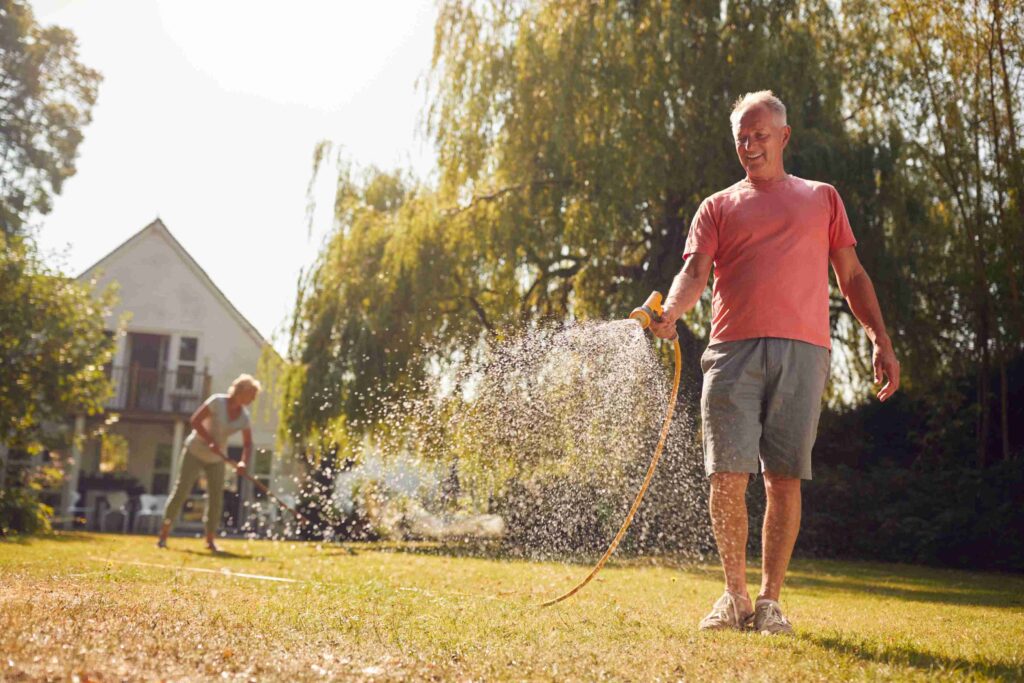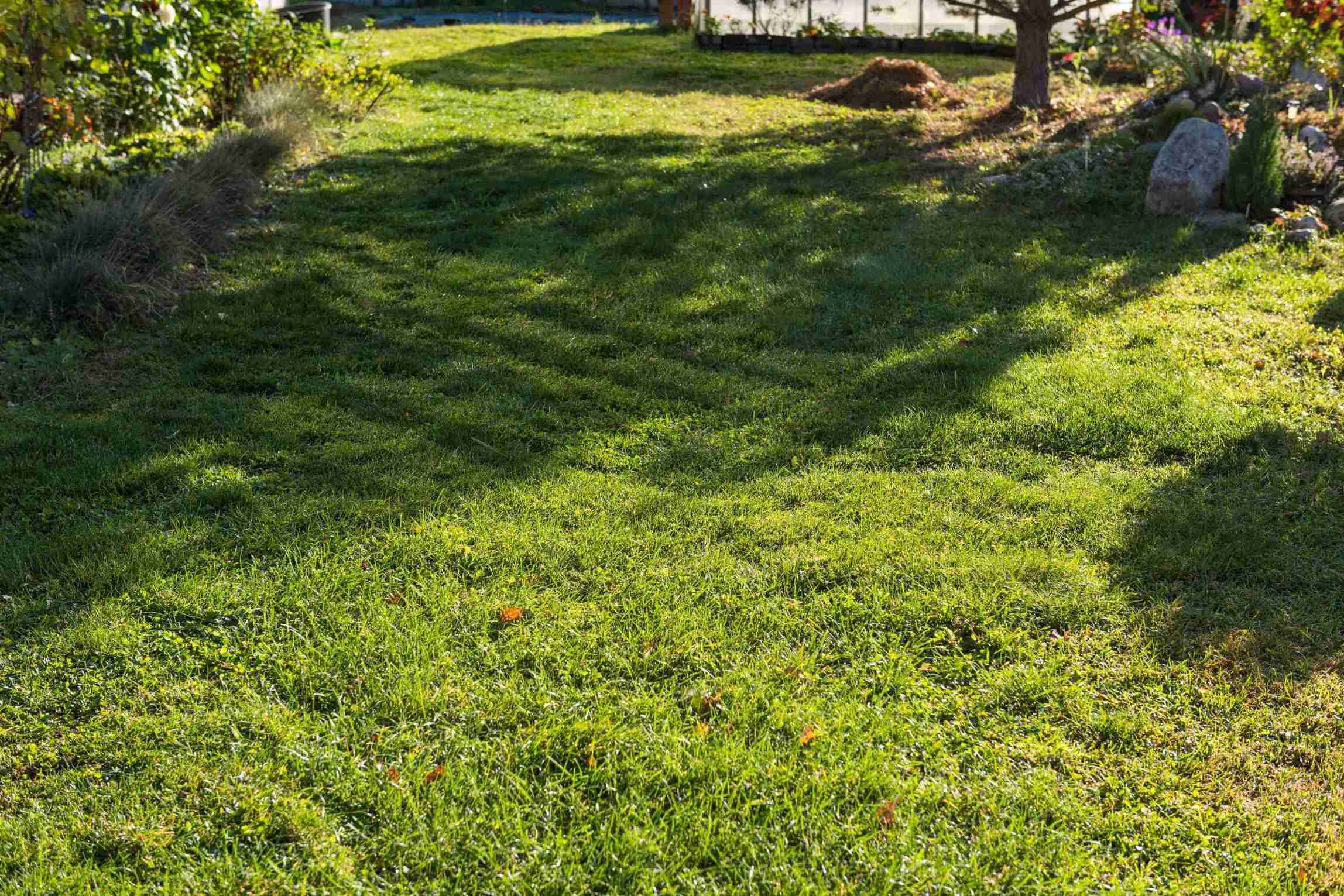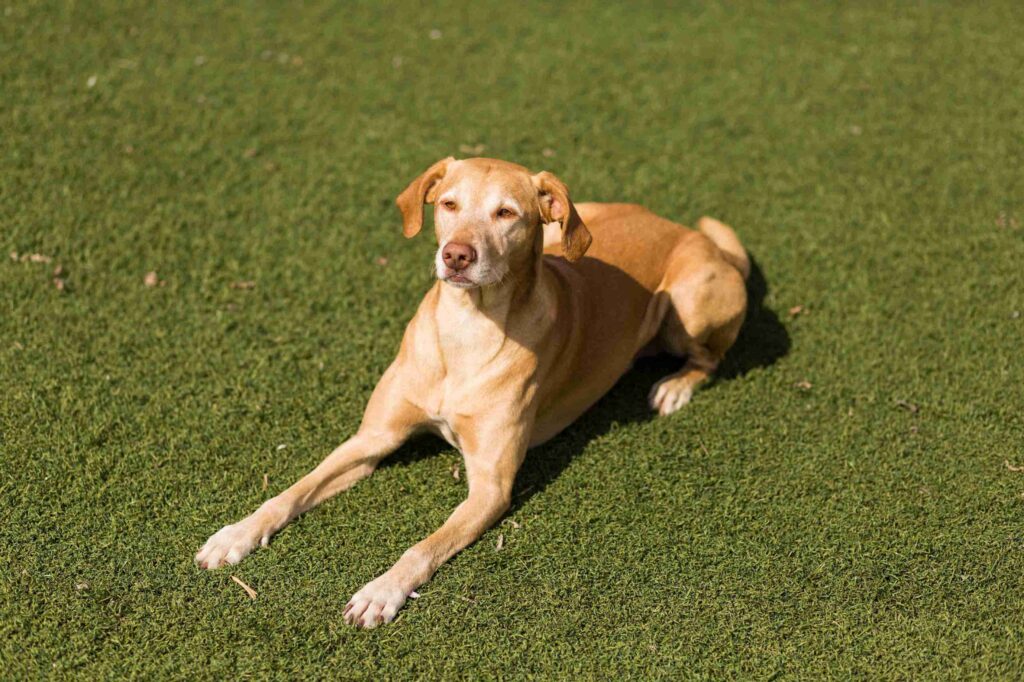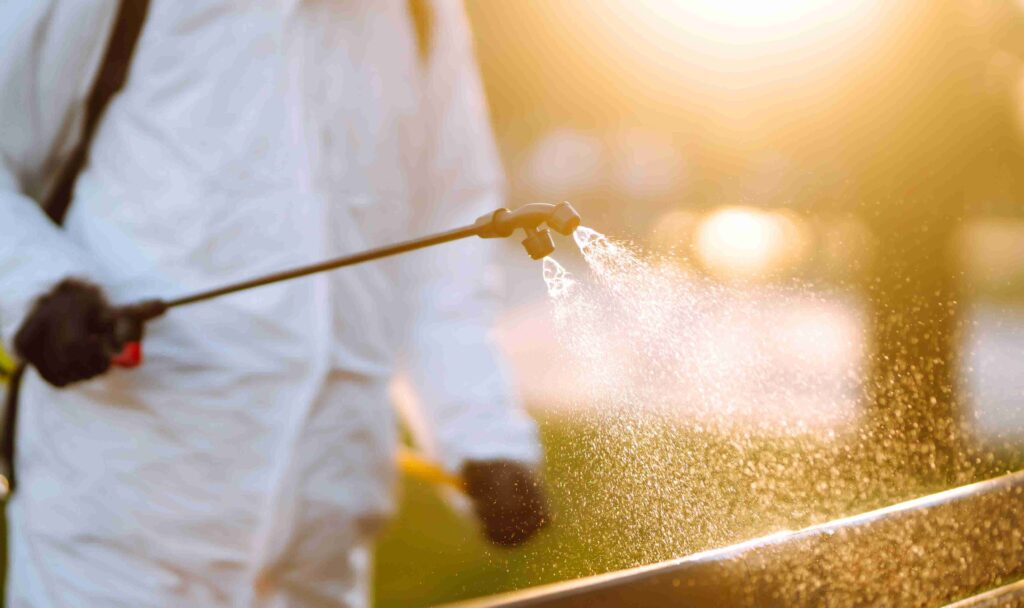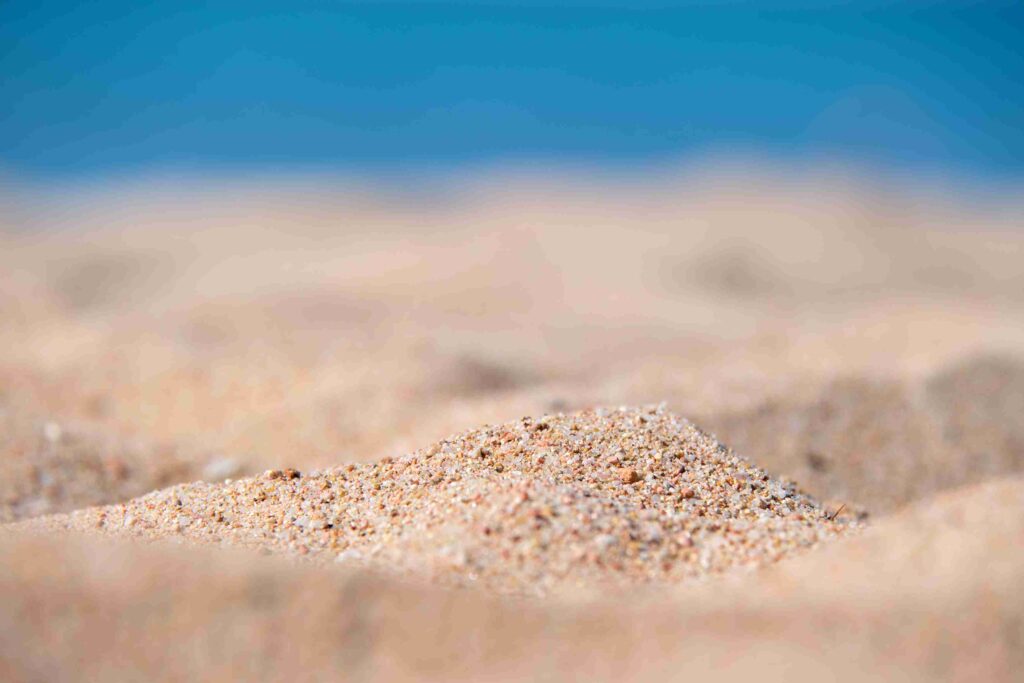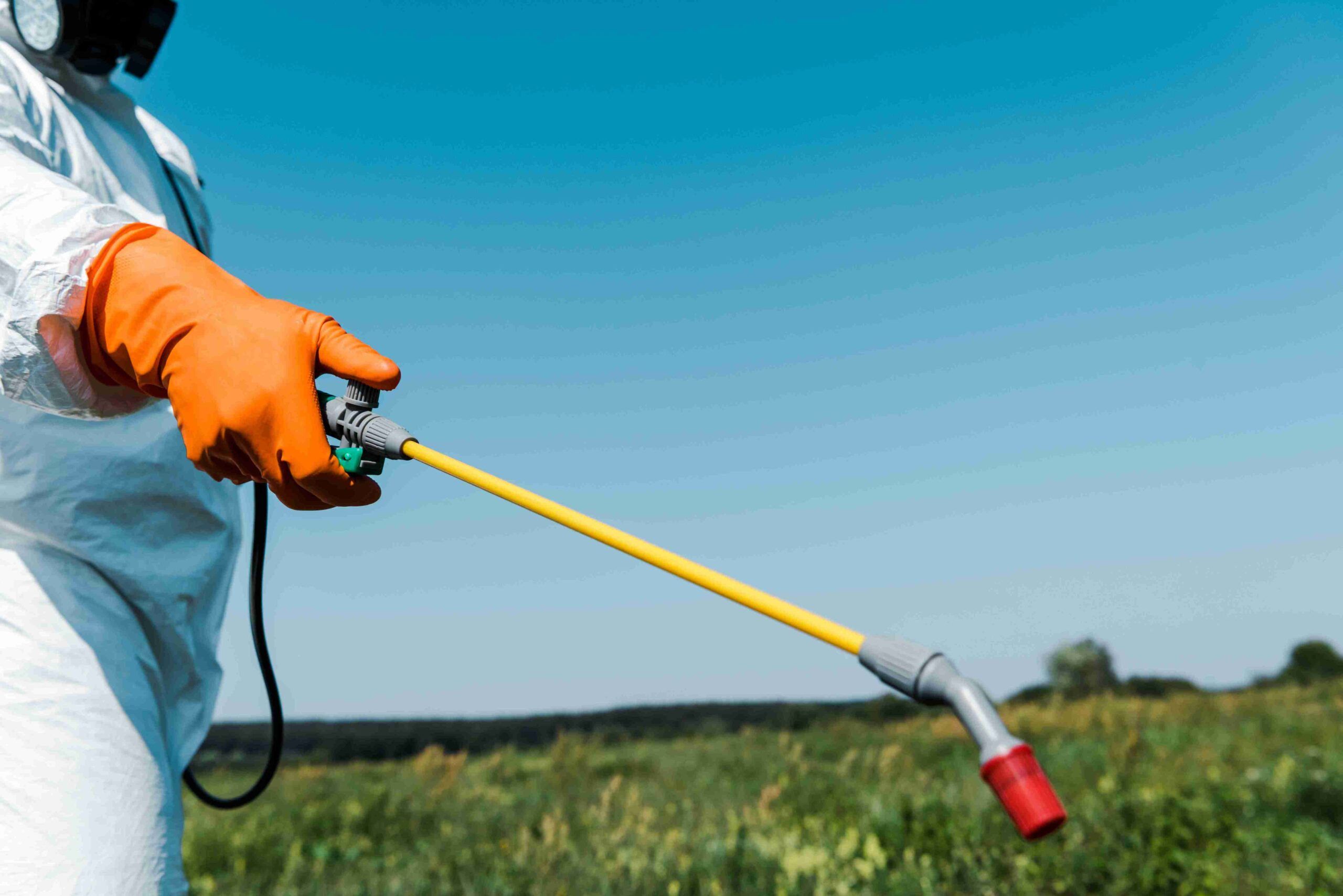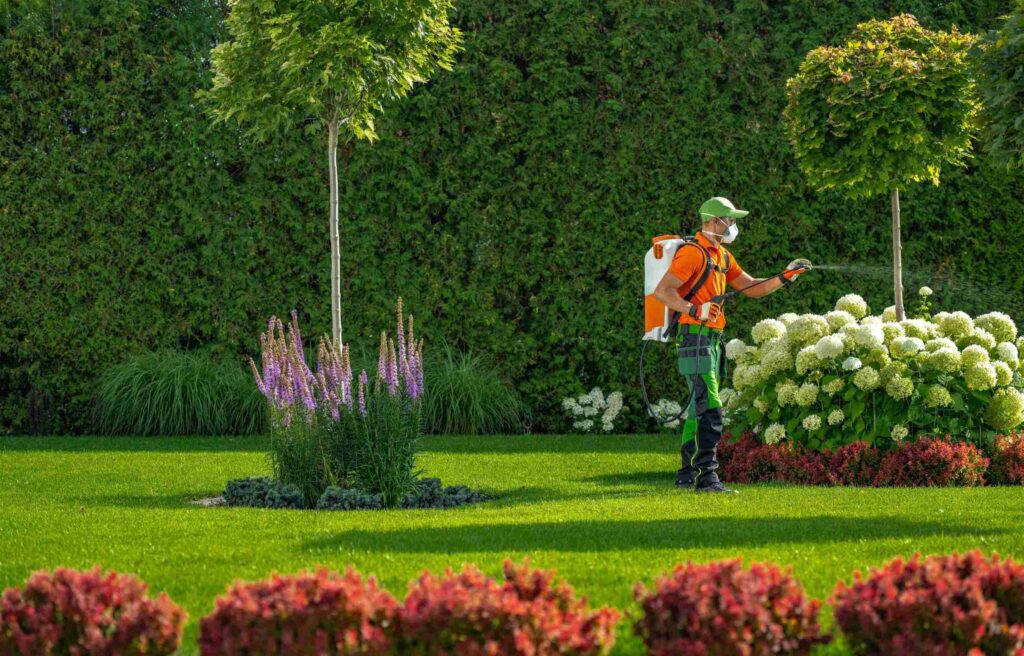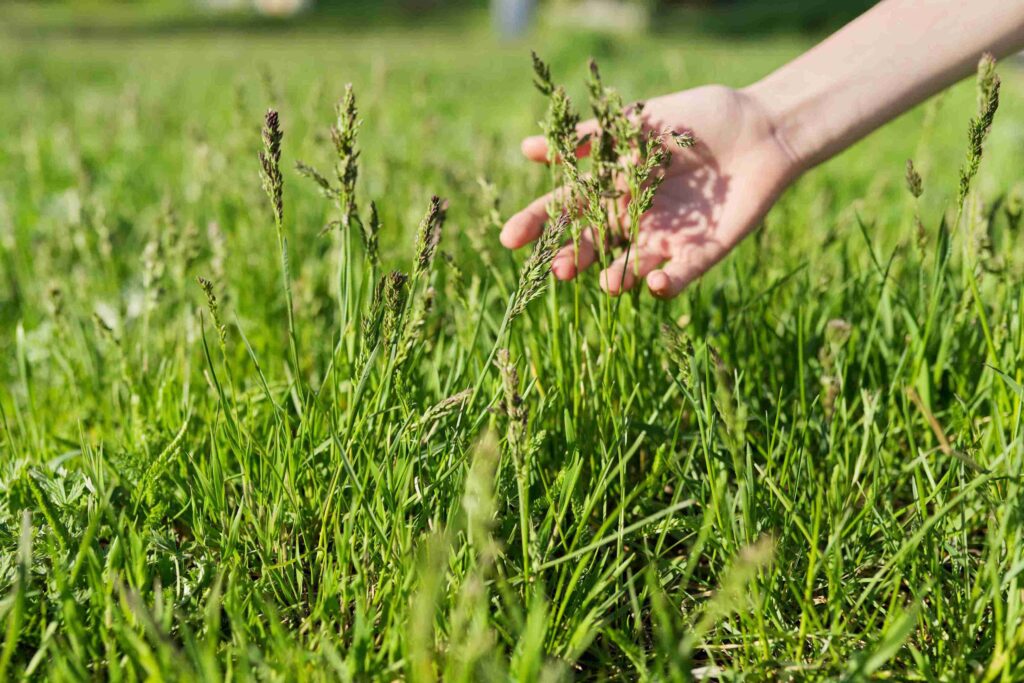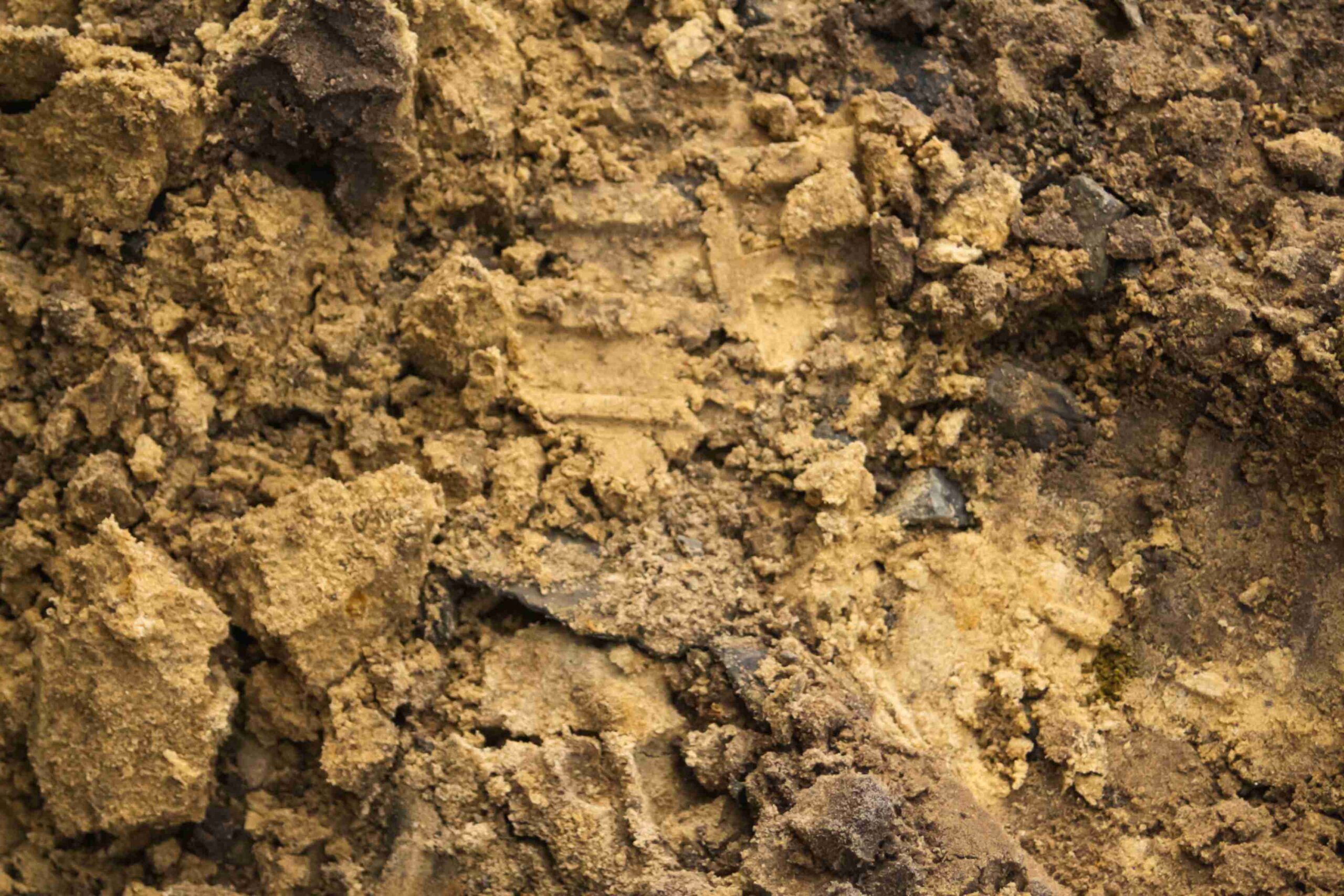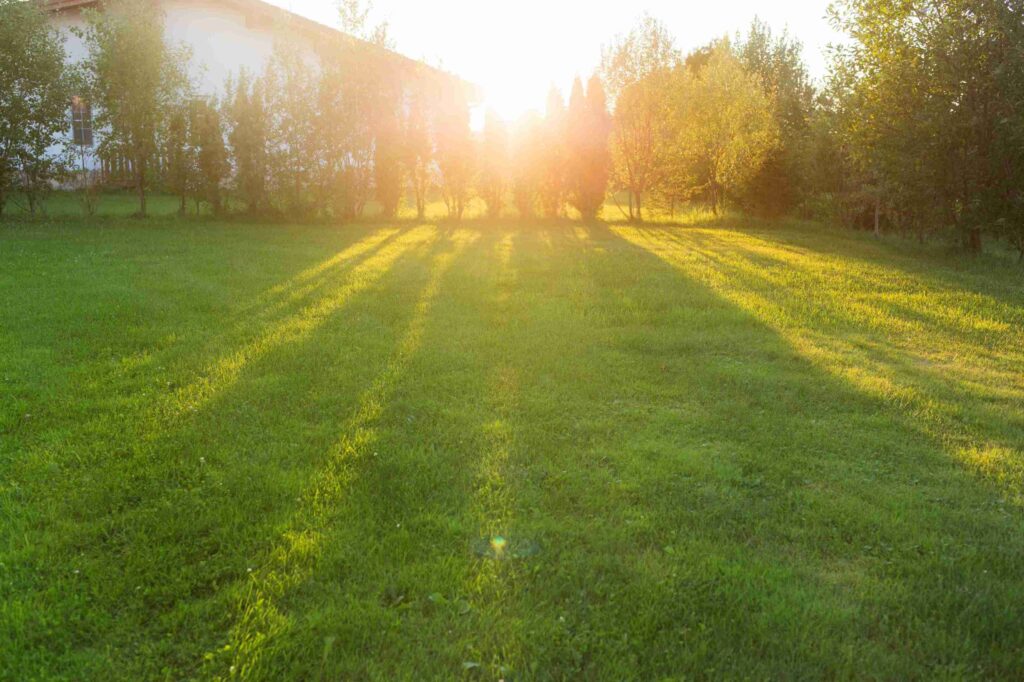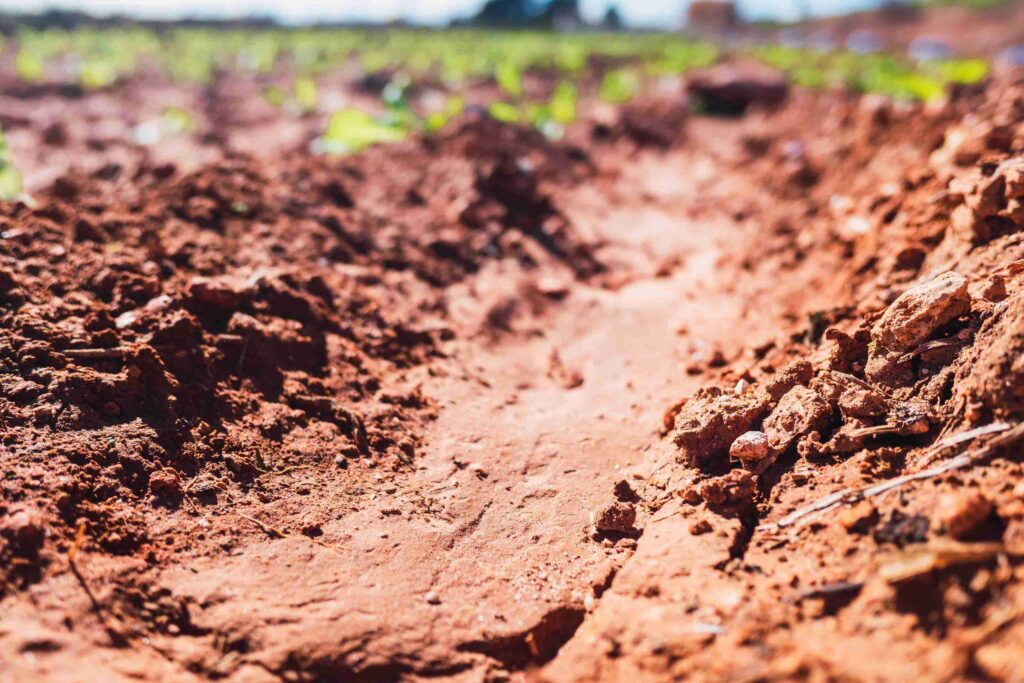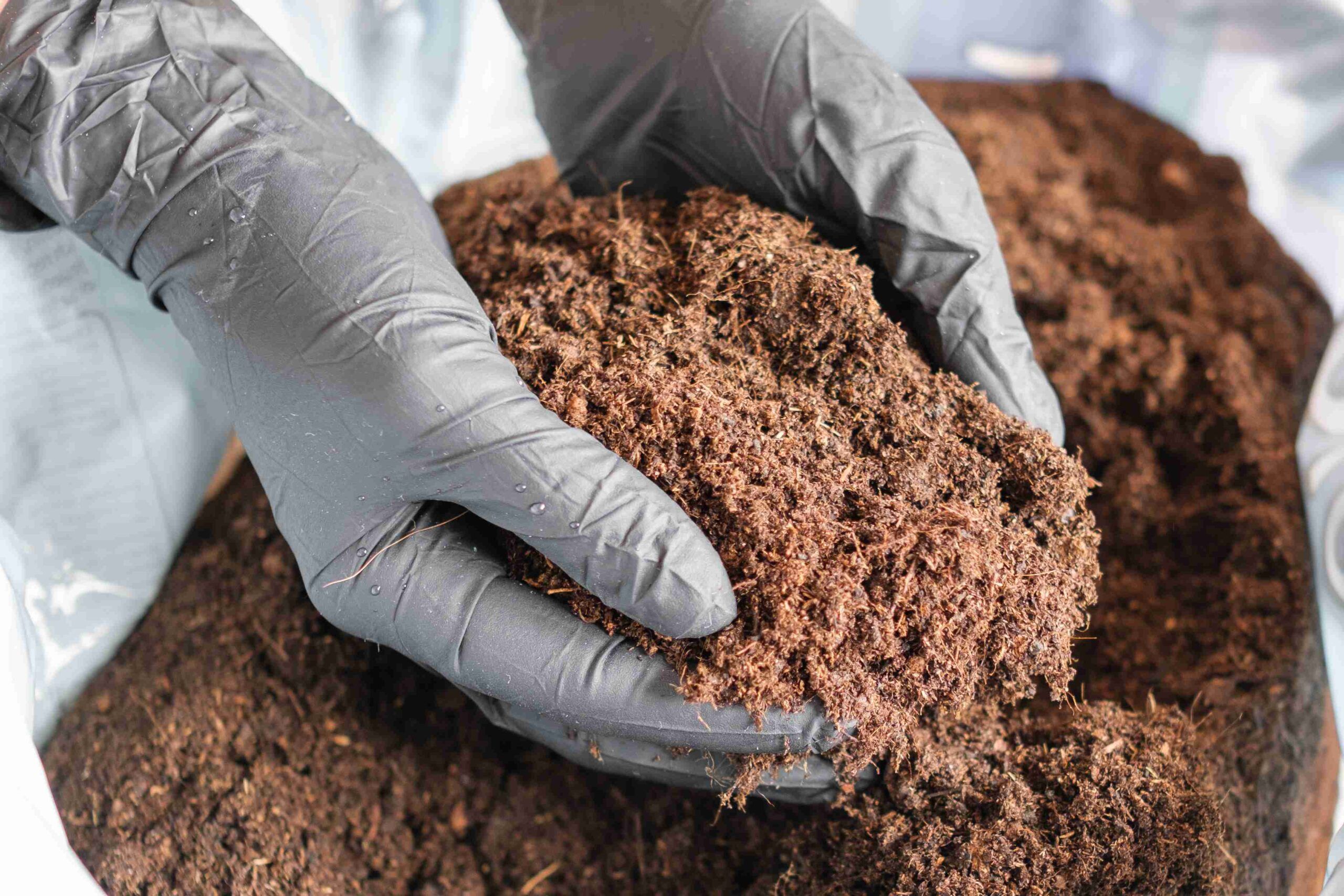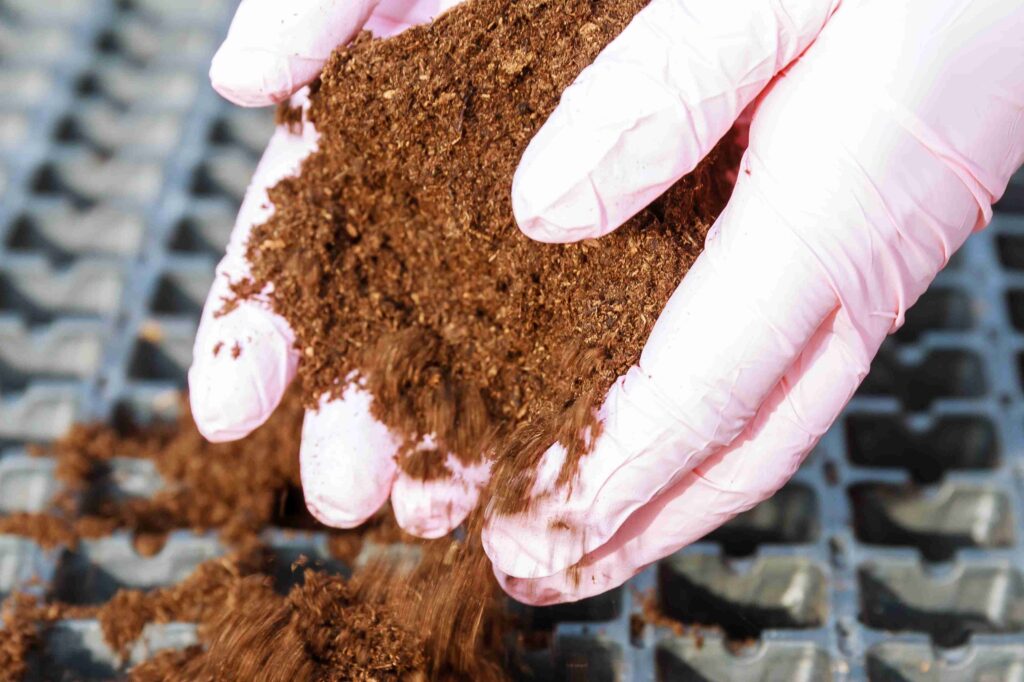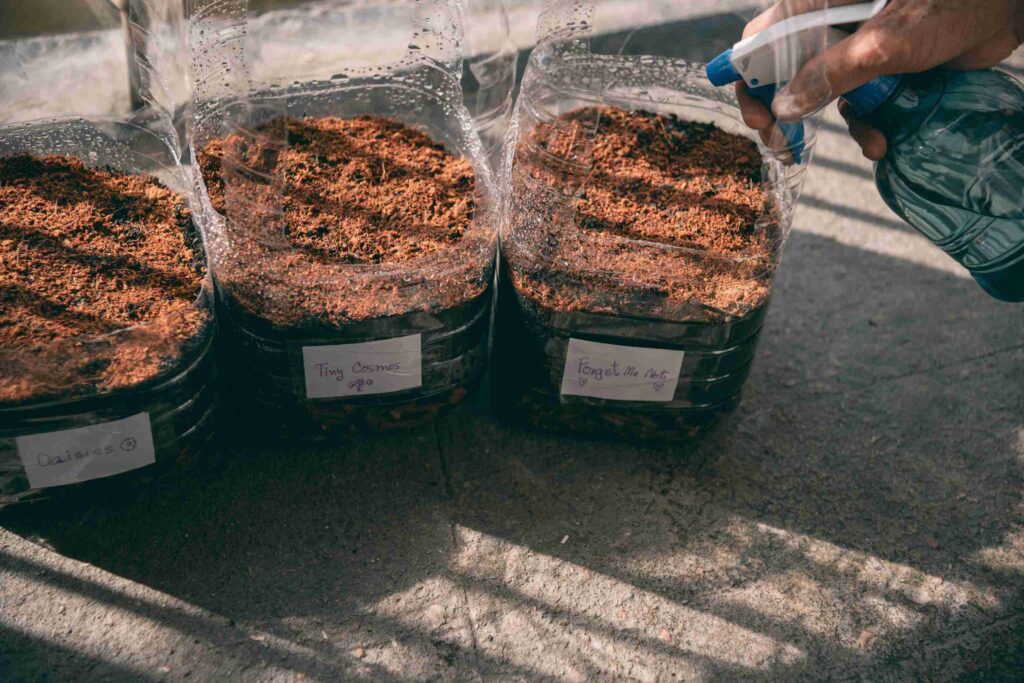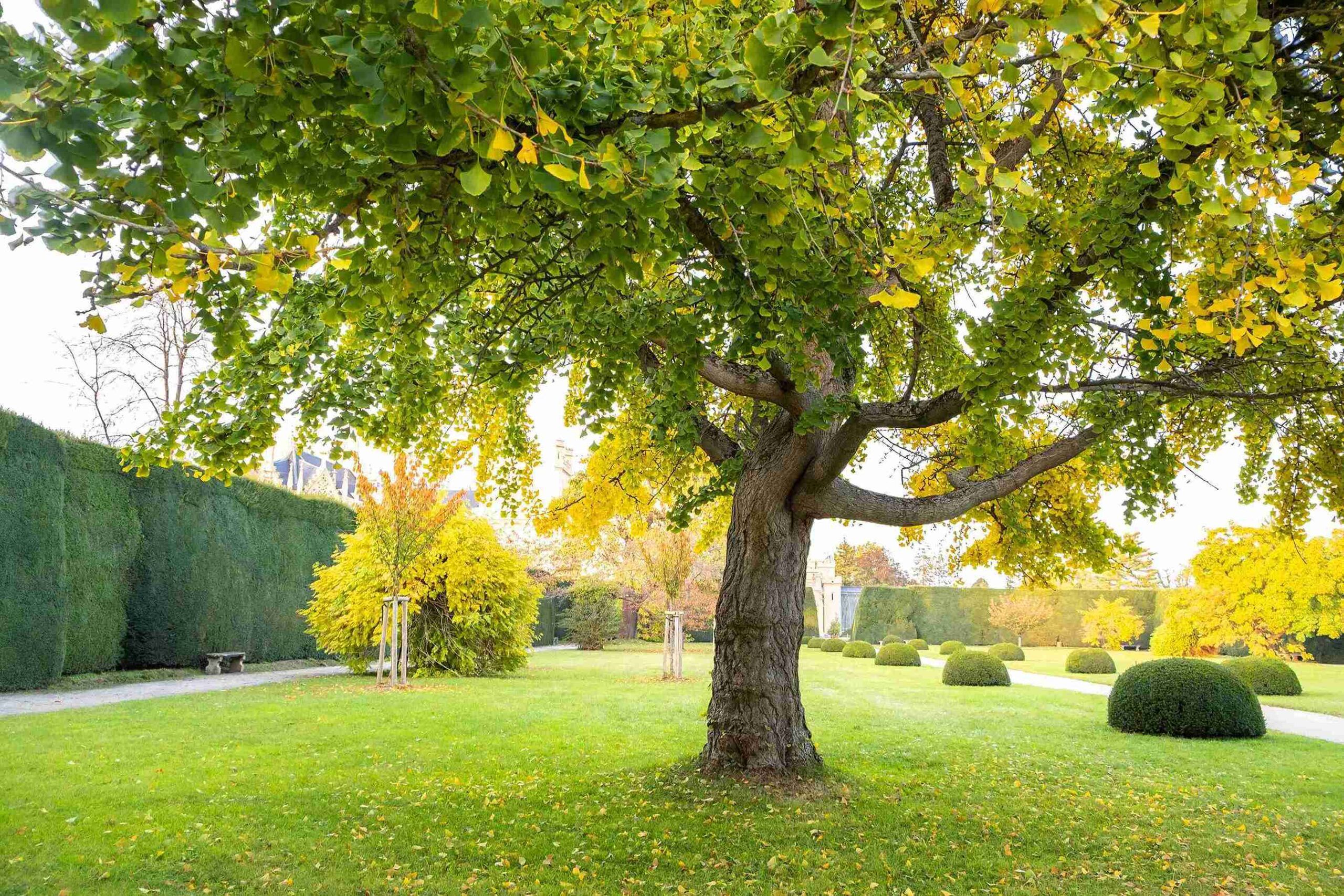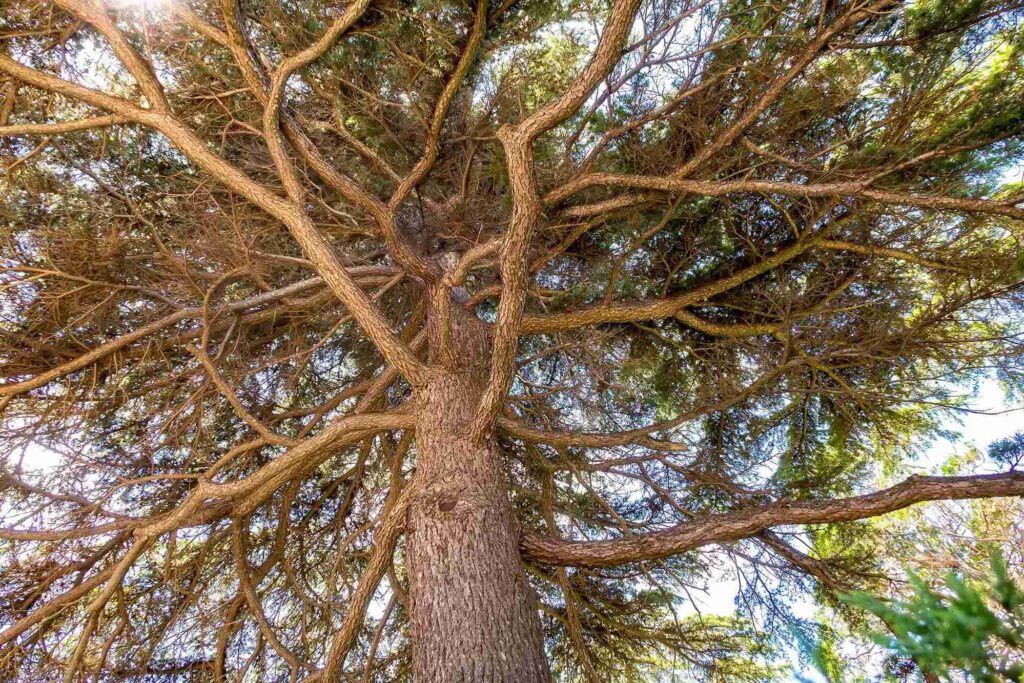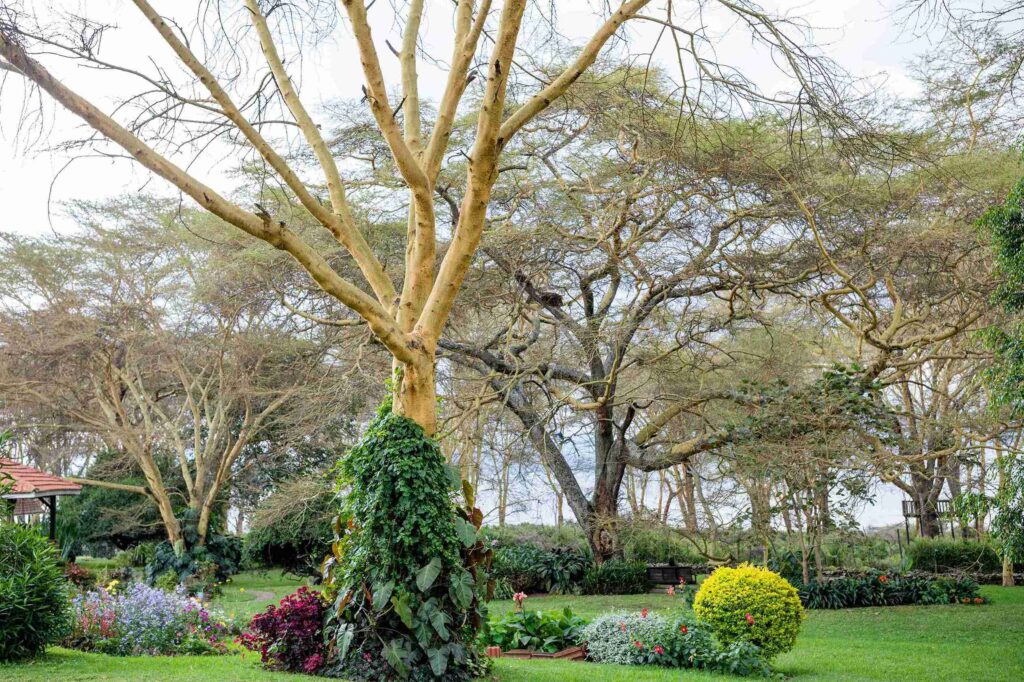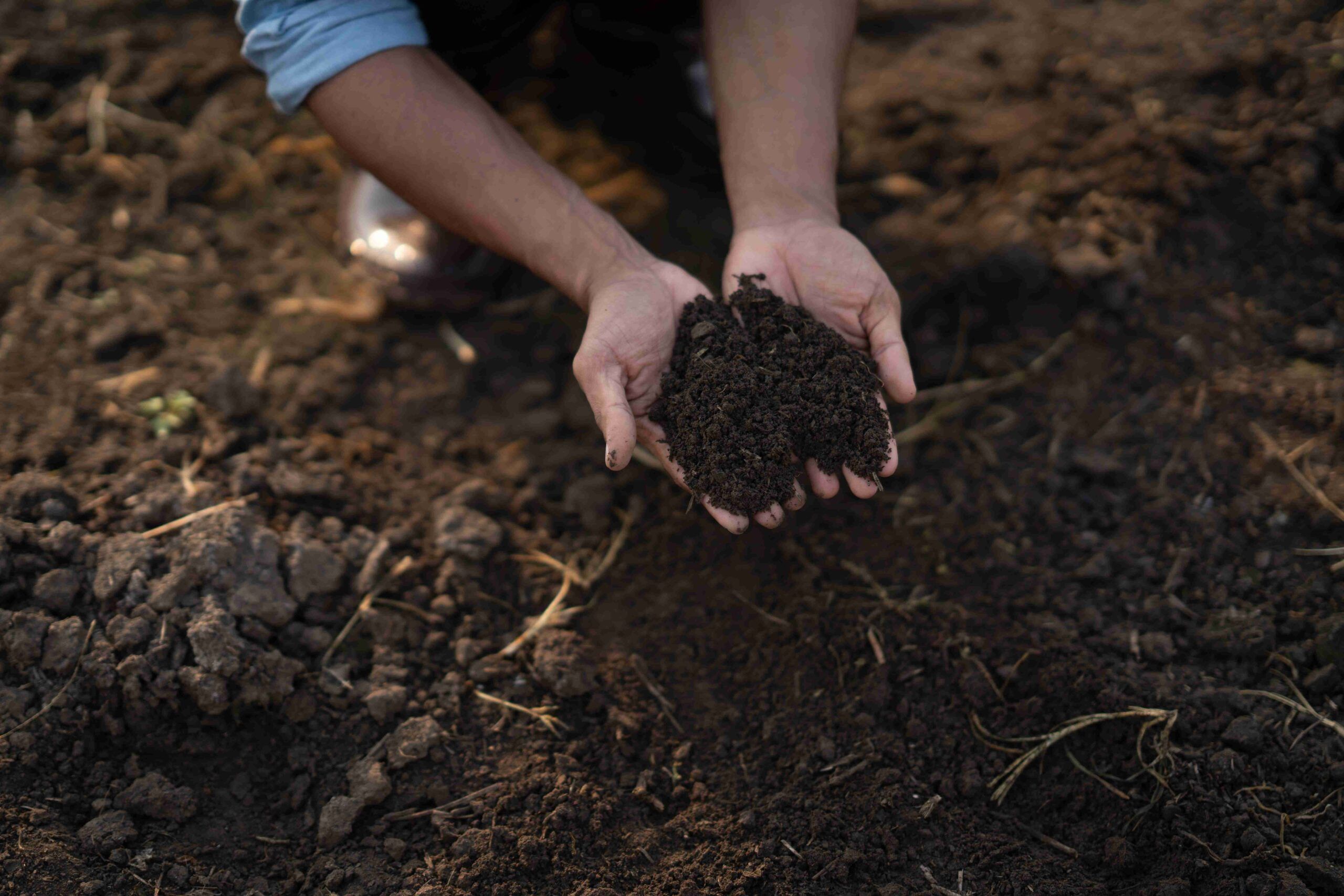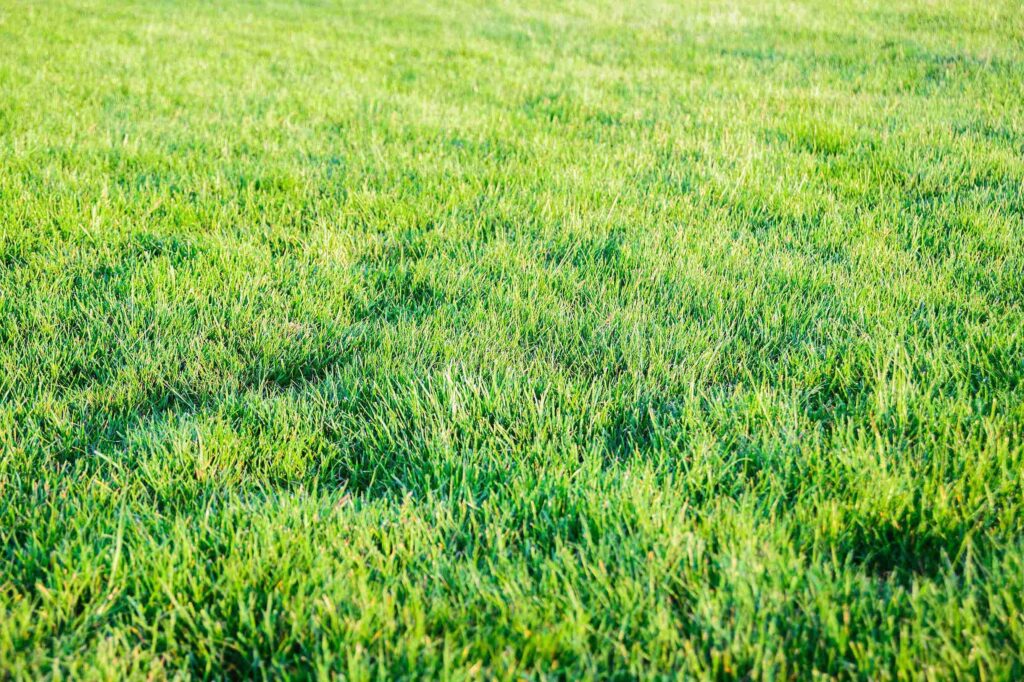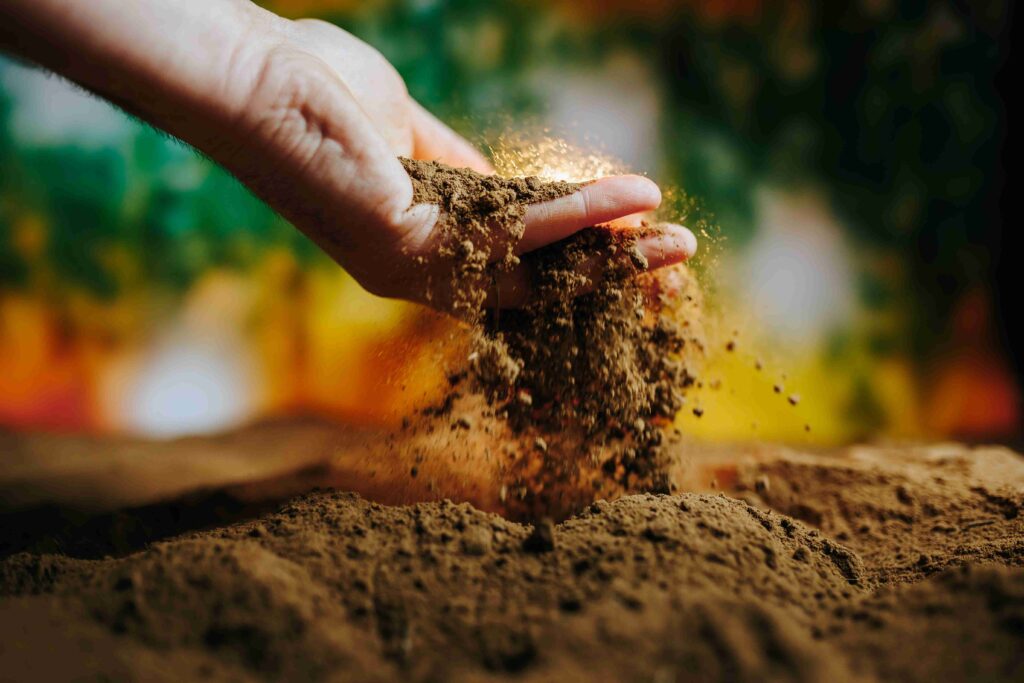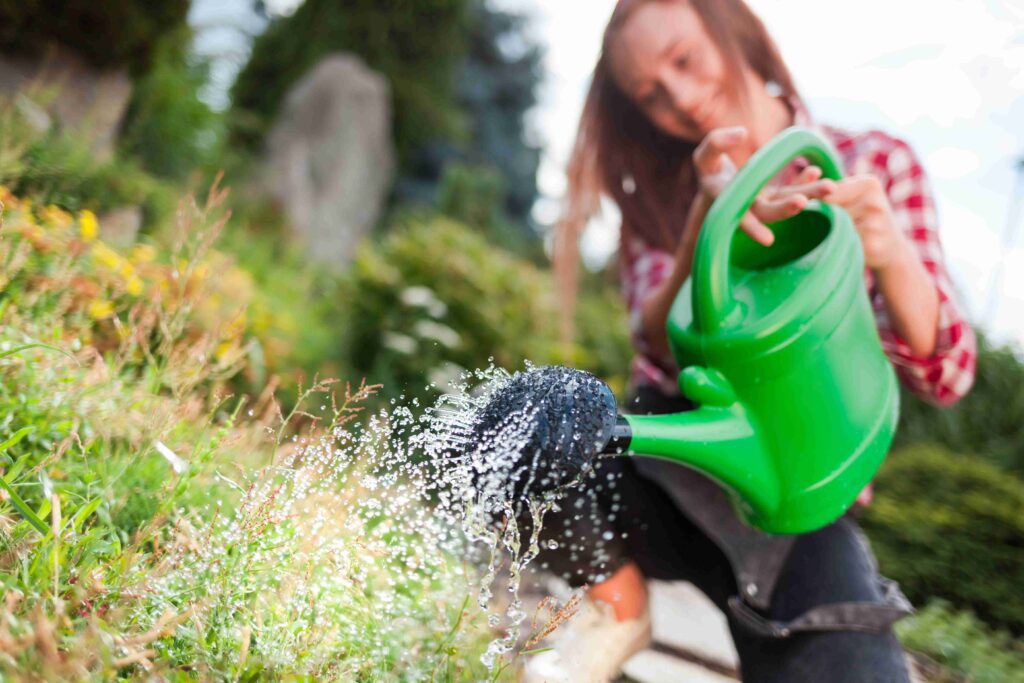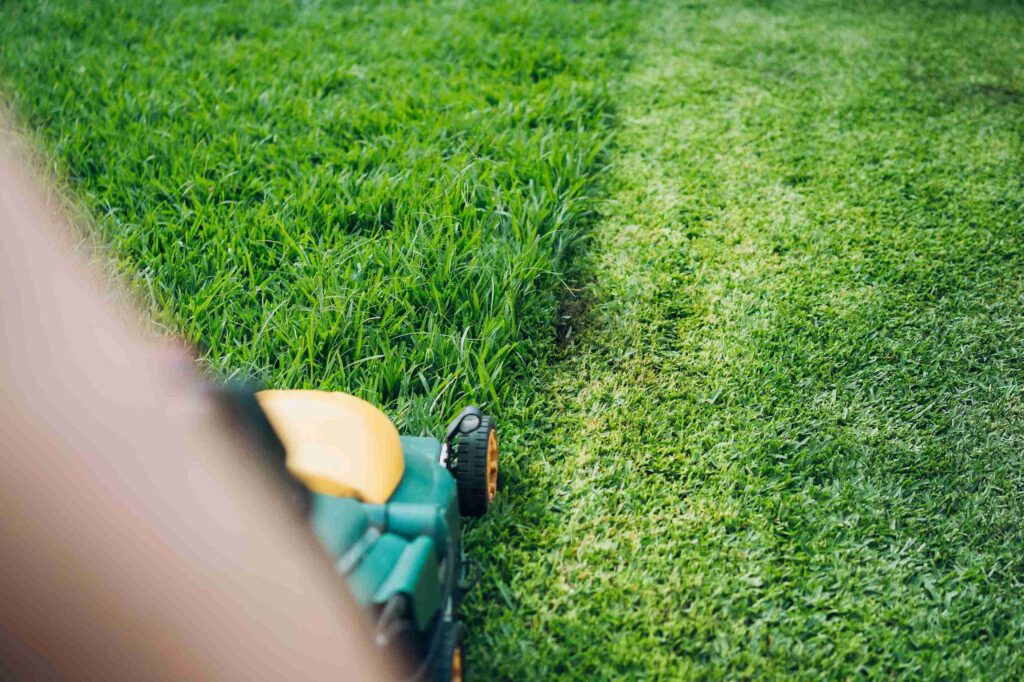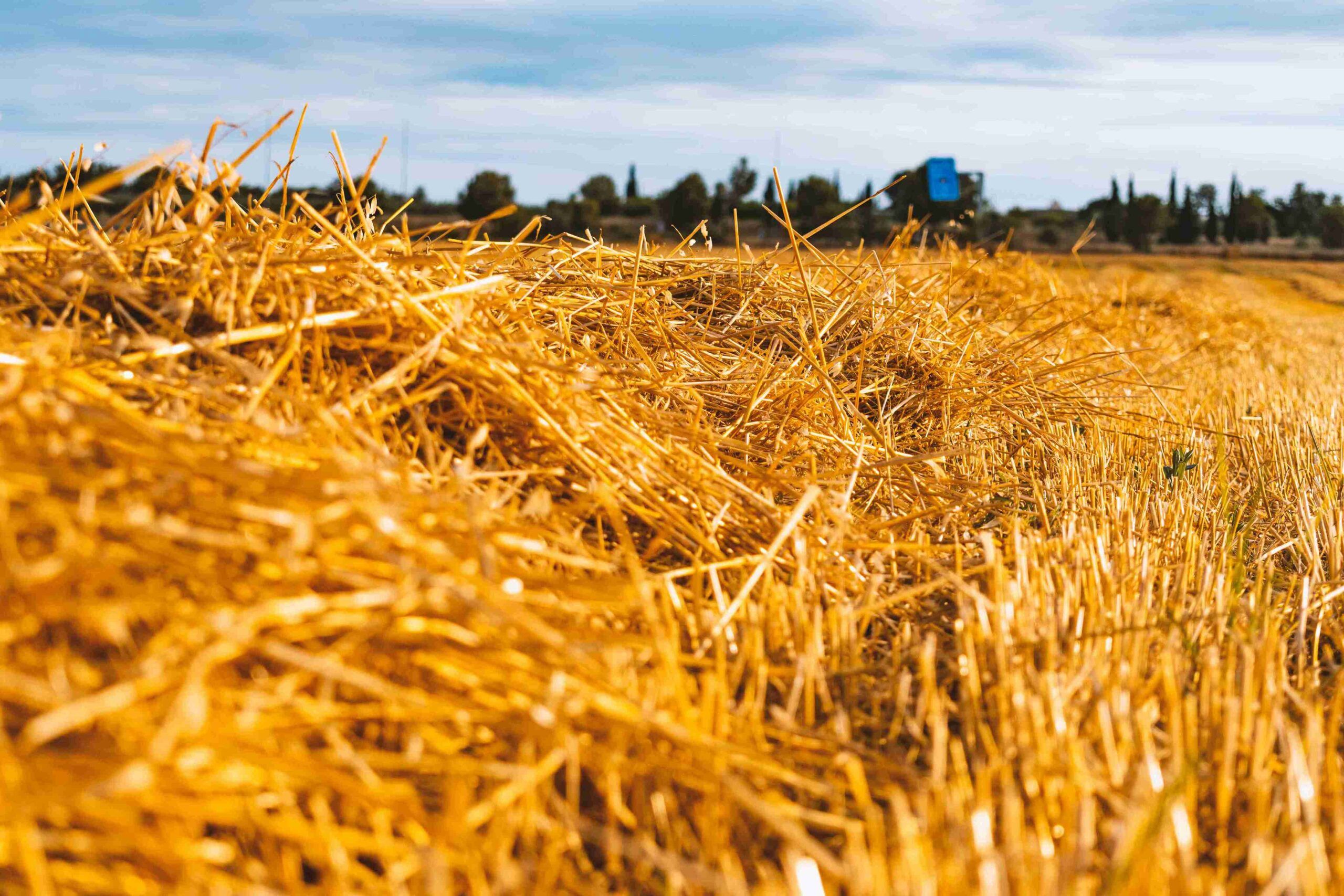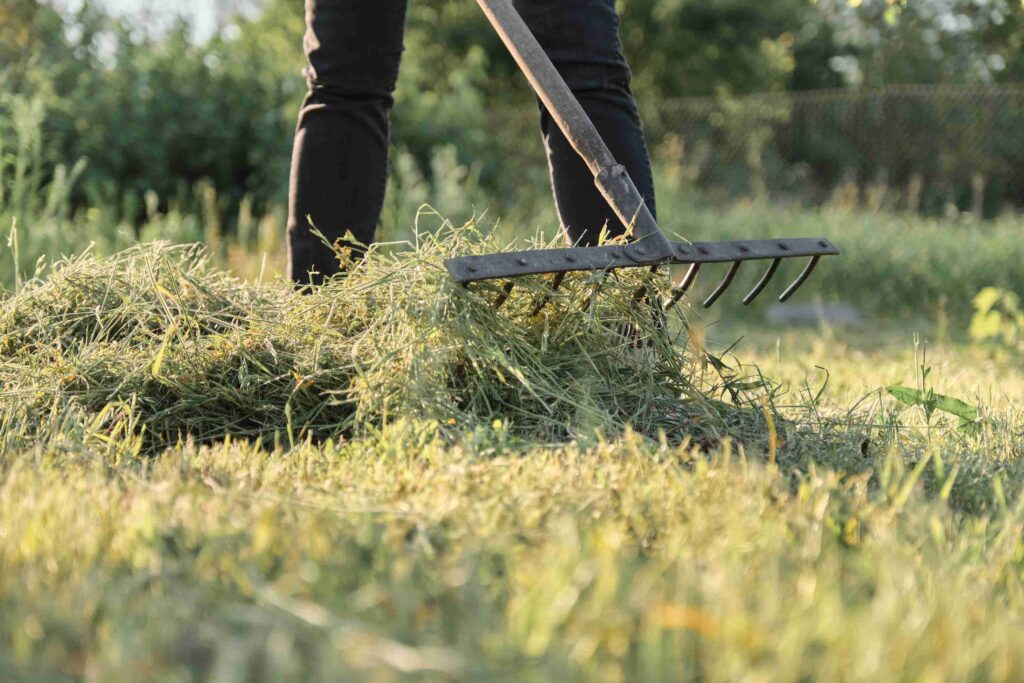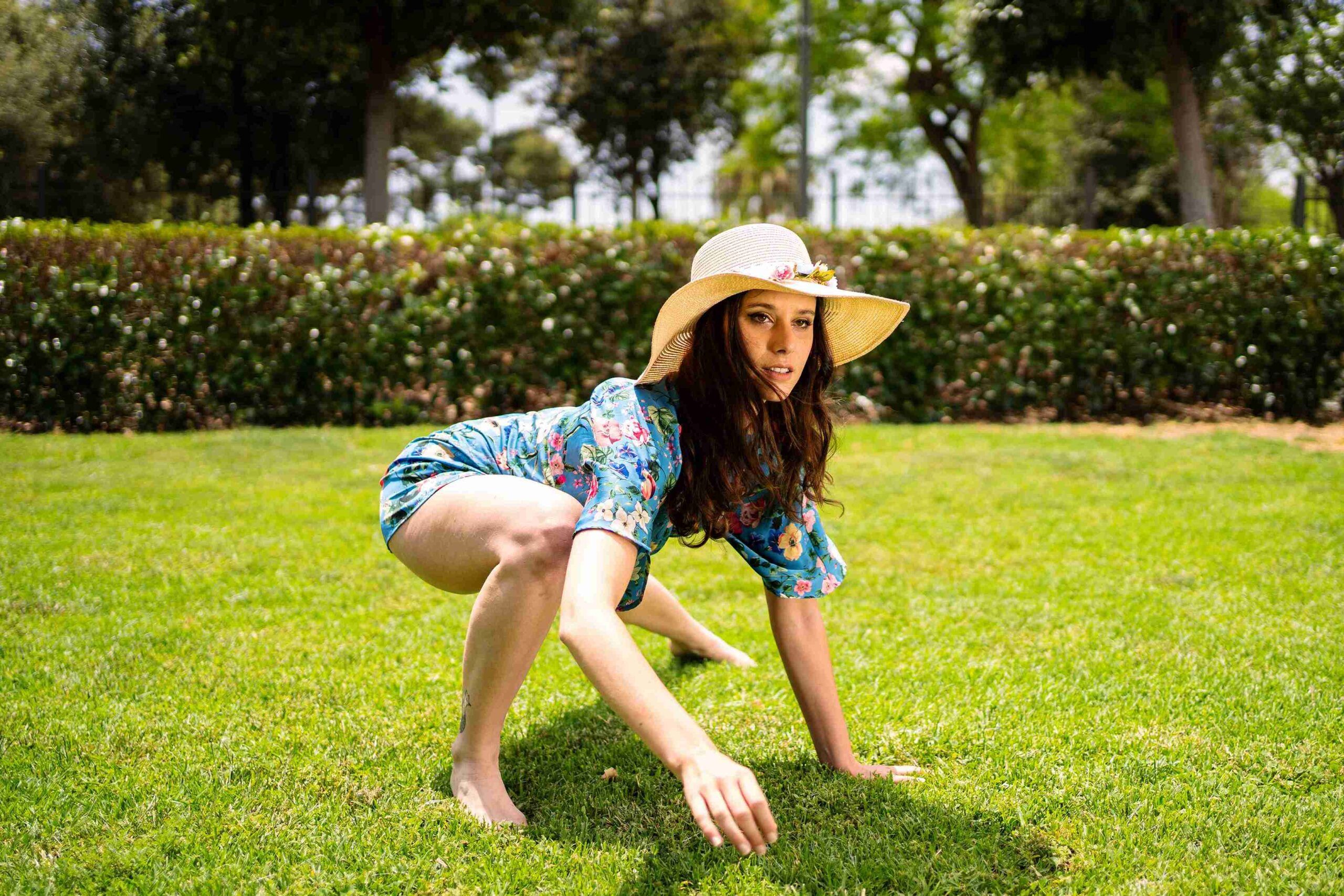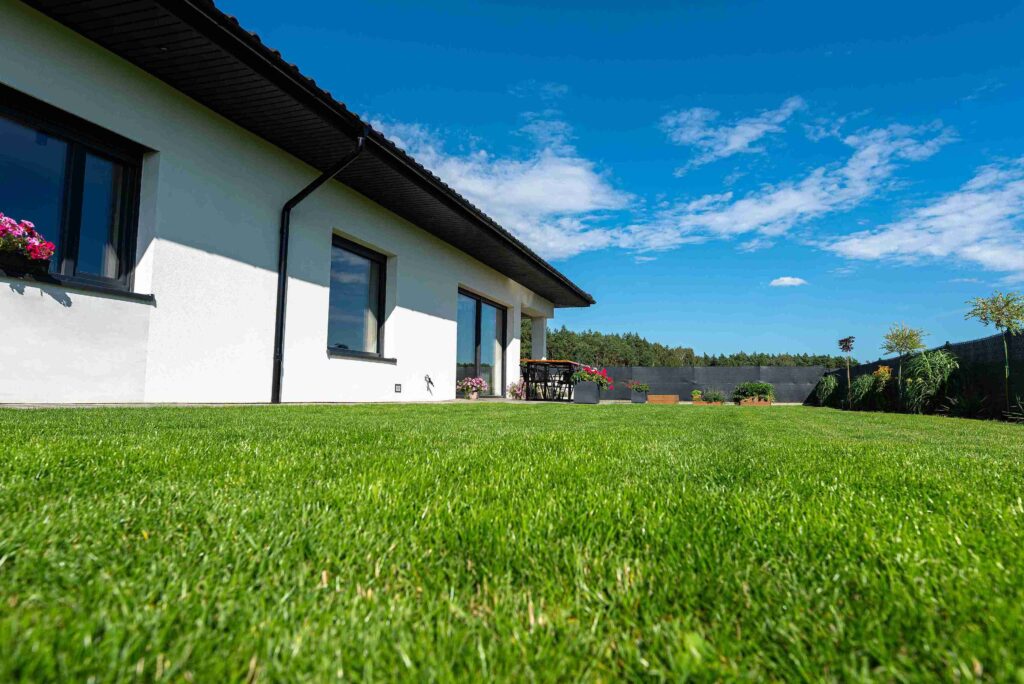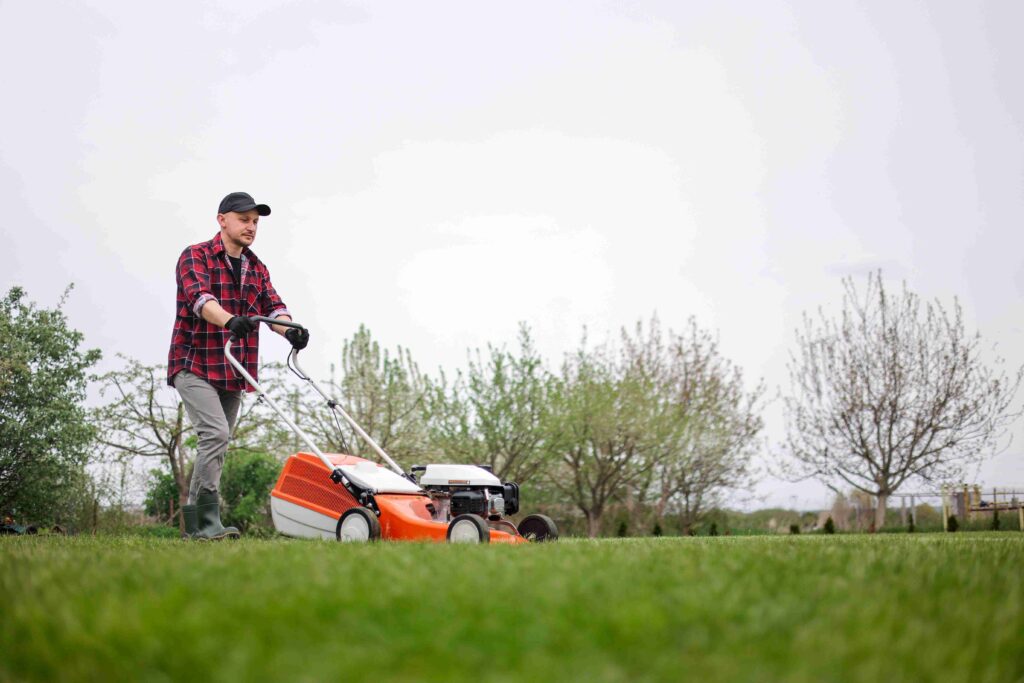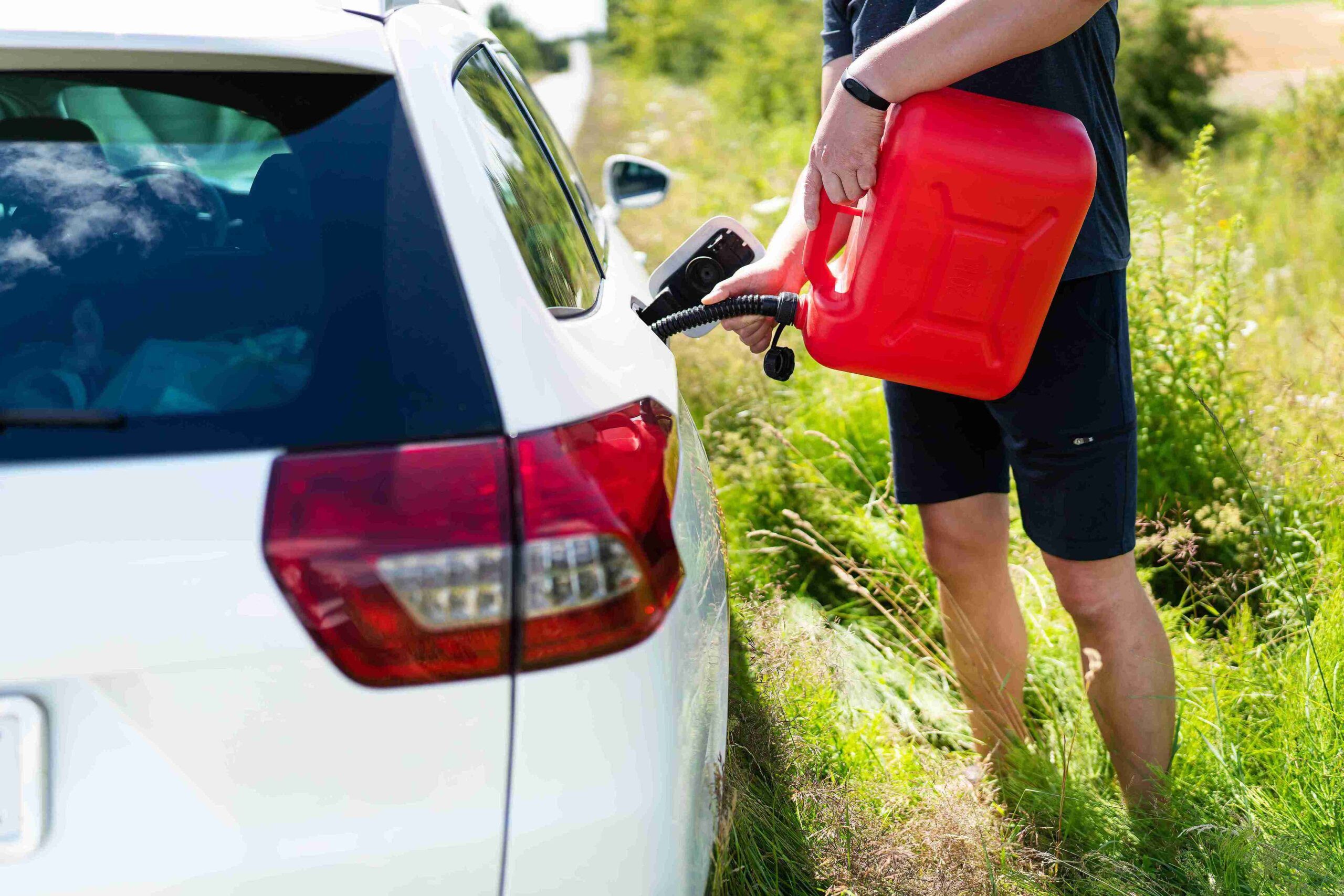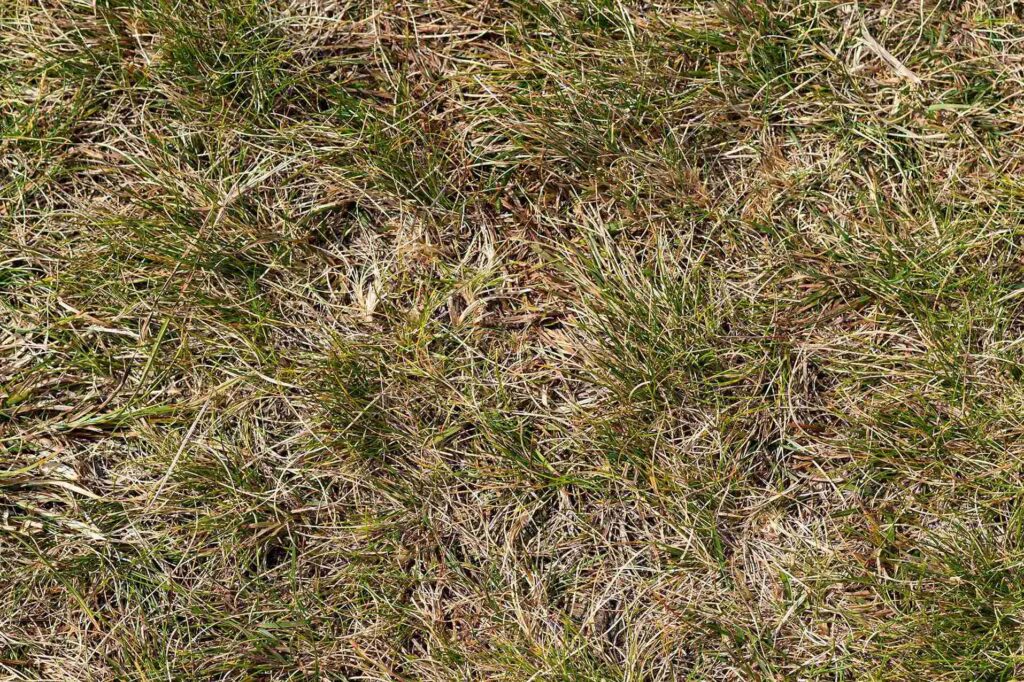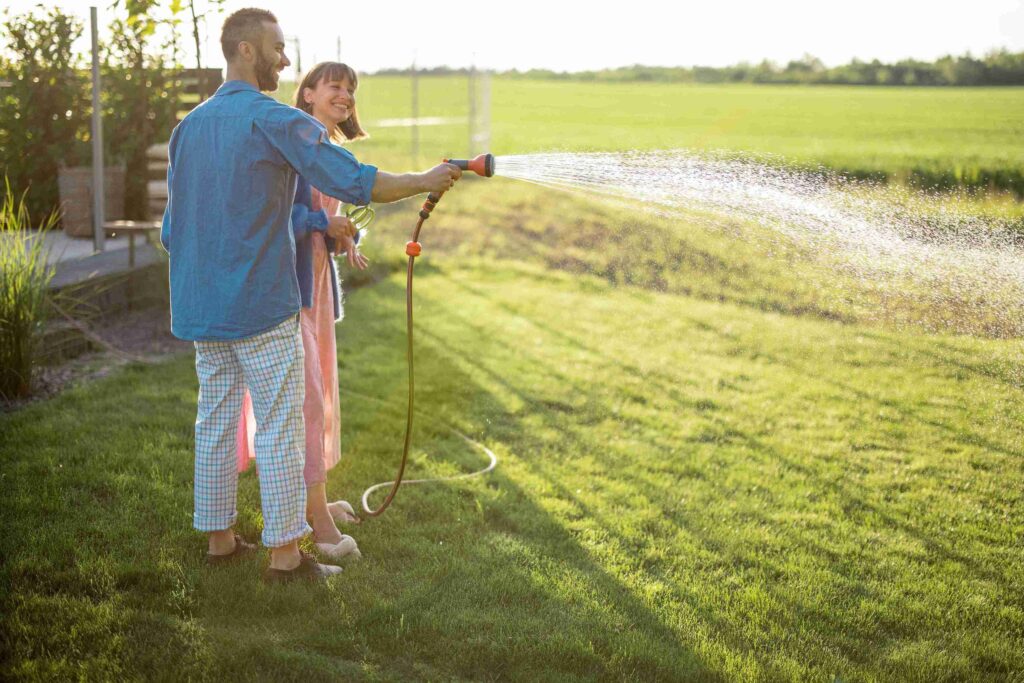Can You Use Car Motor Oil in Lawn Mowers?
Let’s be honest, nobody wakes up excited about buying lawn mower oil. Most people just look around the garage, spot a bottle of car motor oil, and think, “Eh… close enough?”
And yeah, it can be close enough. Small engines aren’t as fancy as modern car engines, and plenty of mowers run just fine on car oil.
But there are a few things to keep in mind before you grab the nearest jug and pour it in.
In this post, we’ll explain if you can use car motor oil in lawn mowers.
Can I Use Car Motor Oil In A Lawn Mower?
Yes, you can use car motor oil in lawn mowers in many cases.
Most push mowers use a four-stroke engine, and those engines take motor oil. So car oil is usually okay. The main thing is picking the right oil weight.
Most mowers take oils like SAE 30, 10W-30, or 5W-30.
Car engines use the same stuff. So you’re not doing anything wild if you use it.
But here’s the catch. Some car oils come with additives meant for modern car engines. Those additives can cause extra carbon buildup in a small engine, which is already working harder than it looks.
Also Check Out Our: Lawn Mowing Services for Central & Southwest VA
Also, you can’t use car motor oil on two-stroke mowers because those engines need oil mixed into the fuel.

So yes, car motor oil can be fine. You just need to make sure your mower actually accepts it, and you’re not dumping in some super high-tech blend that tiny engines don’t love.
Types Of Oil That Usually Work In Most Lawn Mowers
Most mowers are pretty flexible. The oil types below are the usual go-tos and safe for most four-stroke mower engines:
- SAE 30
- 10W-30
- 5W-30
That’s basically what a lot of cars take too. SAE 30 is super common in warm climates. 10W-30 works great across a wider temp range. And 5W-30 is easier for cold starts.
Synthetic oil is also totally fine for most modern mowers.
Some people swear by it because it keeps engines cleaner. But you don’t have to use synthetic unless your manual recommends it. A basic motor oil from your garage often works just as well.
When Car Motor Oil Can Cause Problems
Car oil isn’t dangerous for your mower, but it can cause a few small headaches.
Some automotive oils come with friction modifiers and detergents meant for high-performance car engines. Those additives get a little aggressive in small engines.
Also Read: How Much Peat Moss Do I Need?
Over time, you might see carbon buildup or a little extra smoke.
Also, oil weight matters more than you might think.
If you use something too light in super hot weather, your engine can run hotter and louder. If you use something too thick on a cool morning, the mower might give you that stubborn “not today” vibe.
Overfilling the oil is another issue. Small engines need way less oil than people expect. It’s easy to pour too much in, especially when you’re using a giant car-oil bottle.
Too much oil leads to smoking, rough running, or the mower stalling out for no good reason.
Why Some Mowers Need Special Oil (And Yours Might Too)
Two-stroke mowers are the biggest exception.
These engines want oil mixed into the fuel, so regular motor oil won’t work. They need a very specific two-stroke oil that burns clean and keeps the engine from seizing.
There are also a few mower brands that recommend oil made for small engines only.
It’s not that car oil destroys anything, but small-engine oils have additives designed for engines that run hotter, slower, and under more dirt and debris. Some manufacturers even state specific oil requirements to keep warranties valid.
Also Read: Can Grass Grow In Clay?
And some mowers have splash lubrication instead of a full oil pump. These engines like a certain thickness of oil, or the internal parts don’t get enough coverage.
Car oil can still be fine, but it has to match the right weight.
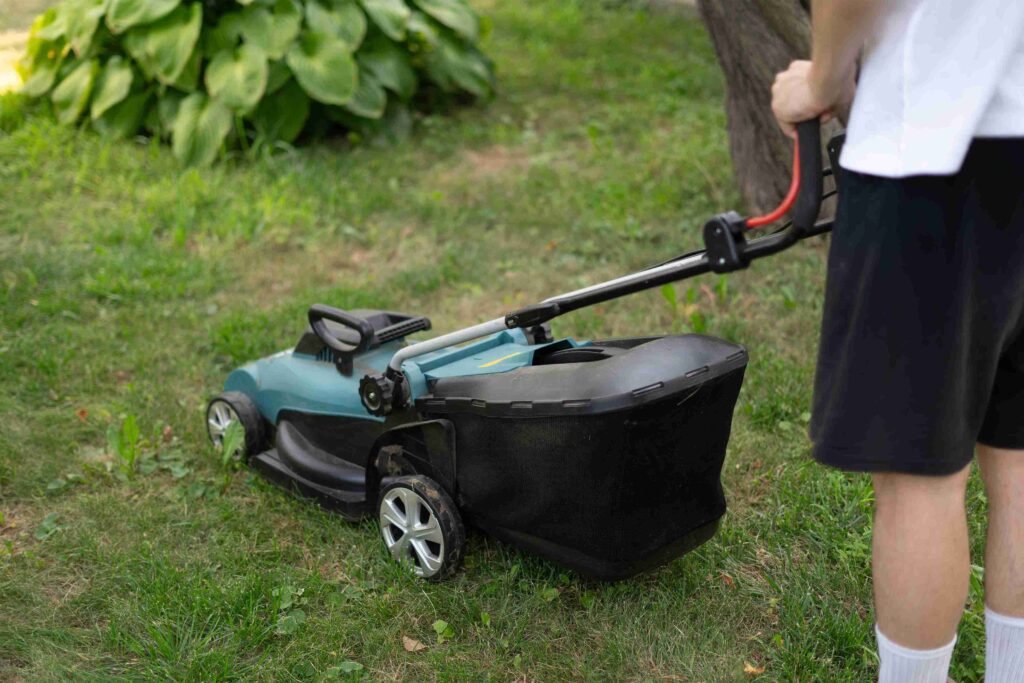
So if your mower manual says something oddly specific, it’s probably for a reason.
Signs You’re Using The Wrong Oil
Your mower will usually tell you when it’s not happy. The symptoms pop up fast, and they’re super noticeable. Some common signs include:
- Smoke coming from the exhaust
- The mower running too hot or shutting off randomly
- Hard starting or losing power mid-cut
You might also smell oil burning if it’s too thin, or see black sludge building up when you check the dipstick.
A small engine doesn’t have much room for error, so tiny oil mismatches show up quicker than you’d expect. Luckily, these problems usually go away once you switch to the correct oil.
Better Alternatives To Car Motor Oil
If you want to be extra safe, there are oils made specifically for lawn mower engines.
Brands like Briggs & Stratton, Honda, and Kohler sell small-engine oils that hold up better against heat, dirt, grass dust, and long run times.
These oils protect the engine without all the additives you find in car oils.
Small-engine oil can also help reduce carbon buildup and smoking. It runs cleaner and lasts a little longer before it breaks down. And if you run your mower a lot, or deal with big temperature swings, small-engine oil might actually make your life easier.
But if you have car oil sitting around and it matches the weight your mower needs, it’s usually fine. You don’t have to buy the expensive stuff unless you want the extra safety cushion.
Bottom Line
You can use car motor oil in a lawn mower. Plenty of mowers run perfectly on it. But you have to match the right oil type to your engine and stick to four-stroke oils only.
Car oils like SAE 30, 10W-30, and 5W-30 work in tons of mowers.
If you avoid overfilling and keep an eye out for smoke or rough running, you’re good.
But if your mower has a two-stroke engine or your manual calls for a specific small-engine oil, follow that.
And if you want your mower to last longer and run cleaner, small-engine oil is a simple upgrade.
You don’t have to overthink this. Most people use whatever oil they have, and their mower lives a long, normal life. Just match the weight, check your oil level now and then, and you’ll be mowing without any drama.

